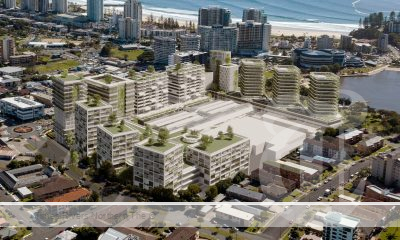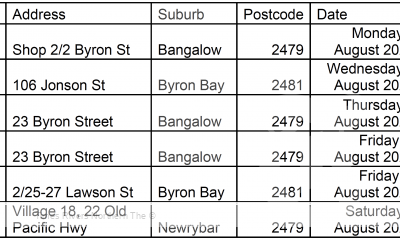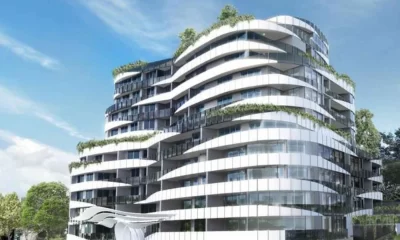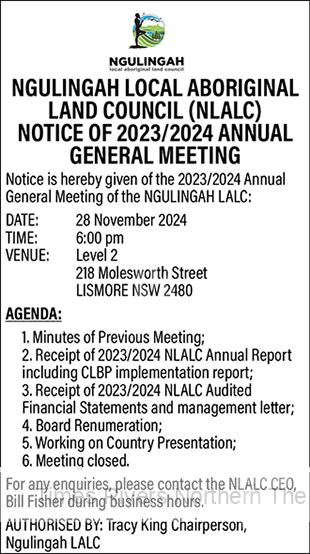Australian Home Values Hit Record $10.9 Trillion, with Every State Except One Seeing Gains
Australia’s housing market surged by $225.9 billion in the June quarter, pushing the total value to an unprecedented $10.9 trillion. New figures from the Australian Bureau of Statistics (ABS), released on Tuesday, reveal that the national average home price increased by $15,600 to $973,300 during the three months to June. However, while most states enjoyed substantial windfalls, one state saw a decline.
The continuous rise in home prices is deepening the affordability crisis for prospective buyers, with home values growing faster than many can save from their paychecks. “The cost of housing continues to rise even as interest rates remain at a 12-year high,” said Cameron Kusher, Director of Economic Research at PropTrack, in an interview with realestate.com.au. “This is making homeownership even more difficult to achieve for many.”
For current homeowners, however, the climbing property values are seen as a positive development. “Those who already own properties are generally pleased to see their equity grow,” Kusher noted. Nonetheless, the ABS data points to a slowdown in the rate of price growth across the country, aligning with broader trends tracked by the PropTrack Home Price Index.
Some of Australia’s smaller states witnessed the most dramatic price increases. In Western Australia, the average home price jumped by a staggering $47,700 to $816,000 in just three months—equivalent to an increase of over $500 per day. Kusher attributed this to strong demand coupled with a limited supply of available homes. “There’s a desperation among buyers, driven by fear of missing out, as they worry that waiting longer could mean paying significantly more,” he explained.
South Australia and Queensland also saw robust growth, with home values rising by $32,400 to $800,400 and $30,500 to $885,400, respectively.
Meanwhile, New South Wales saw more modest gains, with the average home price increasing by $11,500 to $1.222 million. Victoria, however, was the only state where home prices fell, with the average price dropping by $6,600 to $900,300 during the same period. Kusher explained that Victoria’s market has been flooded with properties, reducing the urgency for buyers. “Unlike in WA, buyers in Melbourne don’t feel the same level of pressure. With ample stock available, they are willing to wait, hoping for better deals,” he said.
Other regions saw moderate growth in home values. In the ACT, prices rose by $7,600 to $953,900, while Tasmania saw a smaller increase of $3,600 to $672,600. The Northern Territory remained the most affordable, with a $7,600 increase bringing the average price to $538,000.
Looking ahead, Kusher expects home values to continue rising into the September quarter, though at a more gradual pace. “The rate of growth is slowing as more stock comes onto the market, but we anticipate further increases, albeit at a more moderate rate,” he said.
With the housing market showing no signs of cooling off, the ongoing affordability challenge and Australian Home Values remains a major concern for those looking to break into the property market.
For more real estate news, click here.





 Tweed Shire News2 years ago
Tweed Shire News2 years ago
 Motoring News2 years ago
Motoring News2 years ago
 COVID-19 Northern Rivers News3 years ago
COVID-19 Northern Rivers News3 years ago
 COVID-19 Northern Rivers News3 years ago
COVID-19 Northern Rivers News3 years ago
 Northern Rivers Local News3 years ago
Northern Rivers Local News3 years ago
 Health News3 years ago
Health News3 years ago
 COVID-19 Northern Rivers News3 years ago
COVID-19 Northern Rivers News3 years ago
 NSW Breaking News3 years ago
NSW Breaking News3 years ago




























